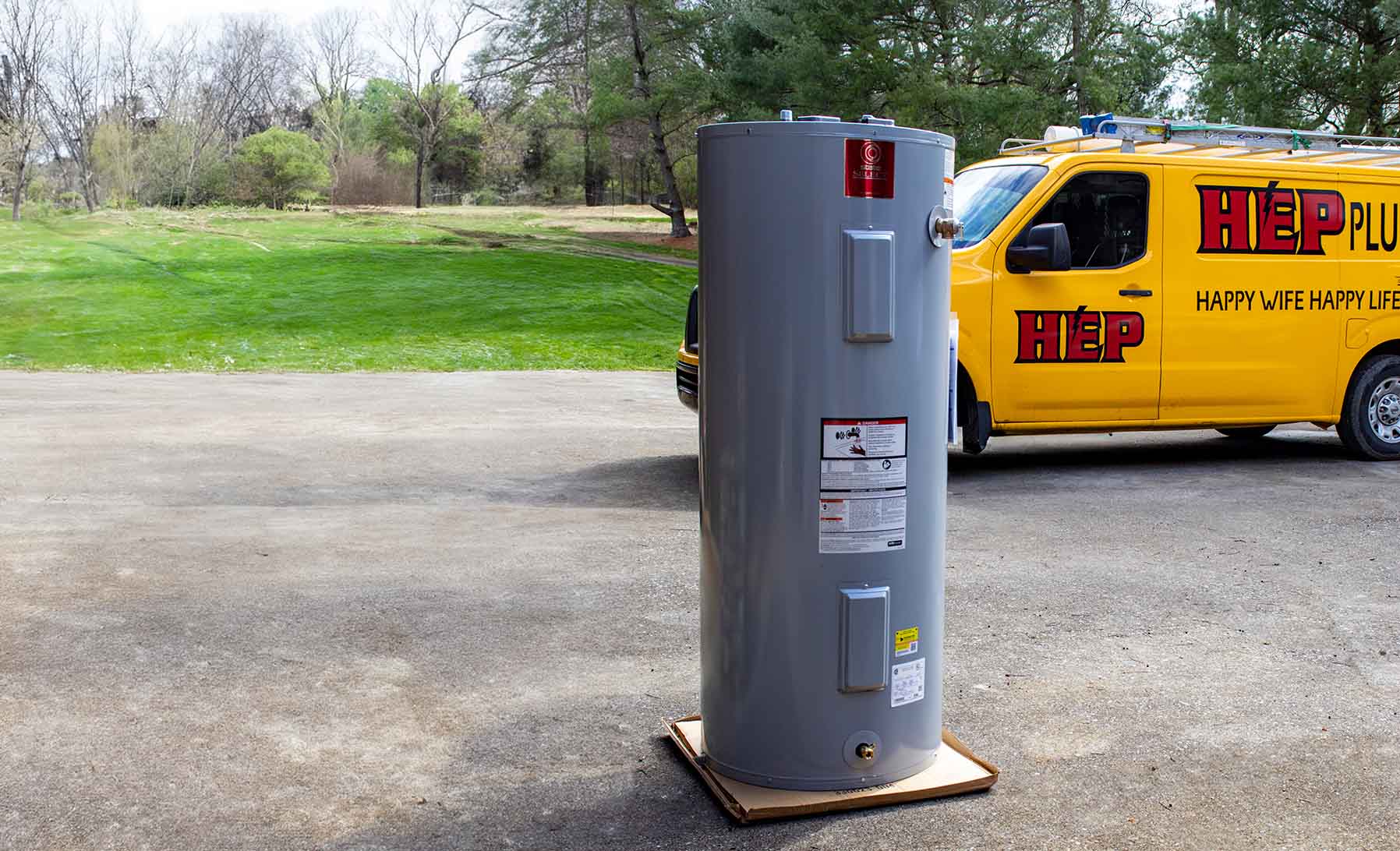

Regular Maintenance
Your trusted partner for professional home services. Quality workmanship, guaranteed satisfaction.




- HEP
- Regular Maintenance
Regular Maintenance | Tank Water Heater | Plumbing | Lancing
Enjoying long, steamy showers or spotless dishes starts with a dependable tank water heater, and Lancing residents know that HEP keeps that comfort flowing all year. Our licensed plumbers don’t just “check the box”—they dive deep into your unit’s health, flushing away sediment, testing safety valves, calibrating thermostats, and inspecting every connection for corrosion or leaks. Routine maintenance like this can shave money off monthly bills, cut down on emergency repairs, and add years to your heater’s life—so you can focus on the good stuff, not the cold water surprises.
When you invite HEP into your home, you get punctual technicians, shoe-covers at the door, and clear explanations every step of the way. We schedule at your convenience, arrive with everything we need, and back our work with the area’s friendliest satisfaction guarantee. Keep your comfort constant and your energy costs in check—book your Lancing maintenance visit today and experience why neighbors trust HEP for honest, hassle-free plumbing care.
FAQs
How often should I schedule professional maintenance for my tank water heater in Lancing?
For most homes in Lancing, we recommend booking a professional tune-up once every 12 months. Annual servicing allows us to flush out mineral sediment, inspect safety valves, test the thermostat, and verify combustion or electrical components. Because the South East’s water is moderately hard, mineral scale can build up faster than expected, so skipping yearly maintenance may shorten the heater’s life and void the manufacturer’s warranty.
What does a regular maintenance visit include?
Our certified plumbers follow a detailed checklist: (1) Drain and flush the tank to remove sediment; (2) Inspect and, if necessary, replace the sacrificial anode rod; (3) Check gas burner or electric elements for proper operation; (4) Test the thermostat and high-limit safety cut-out; (5) Examine the temperature-pressure relief (TPR) valve for leaks and correct opening pressure; (6) Inspect venting and flue (gas models) or wiring and breakers (electric models); and (7) Look for corrosion, leaks, or signs of wear on all water and gas connections. The visit typically lasts 60–90 minutes and ends with a written health report.
How can regular maintenance reduce my energy bills?
Sediment settling at the bottom of the tank acts as an insulating layer that forces the burner or elements to run longer to heat the same volume of water. A standard 40-gallon heater with 2–3 cm of scale can waste up to 15 % more energy. By flushing the tank and calibrating the thermostat to 120 °F (49 °C), we restore optimal heat transfer and eliminate unnecessary fuel or electricity consumption, translating into lower monthly utility costs for Lancing homeowners.
What warning signs indicate my water heater needs attention before the next scheduled service?
Call us if you notice: rumbling or popping noises (sediment boiling); rusty or discoloured hot water; fluctuating water temperatures; a water leak around the base; the pilot light repeatedly going out (gas models); tripped breakers (electric models); or water taking longer than usual to reheat. Addressing these symptoms promptly can prevent tank failure and water damage.
Can I perform any maintenance tasks myself between professional visits?
Yes—homeowners can (1) test the TPR valve every six months by briefly lifting the lever; (2) visually inspect for leaks around fittings; (3) keep the area around the heater clear of stored items; and (4) lower the thermostat to 120 °F to minimise scald risk and energy use. If you have a gas unit, check that the pilot flame is steady and blue. Leave tasks such as full tank flushing, anode replacement, and gas-pressure adjustments to qualified plumbers.
Does routine maintenance really extend the lifespan of my tank water heater?
Absolutely. A well-maintained tank water heater in Lancing can last 10–15 years, while neglected units may fail in 6–8 years due to internal corrosion and overheating. Regular flushing removes corrosive sediments, anode replacement protects the tank lining, and safety checks prevent catastrophic leaks or burst tanks. Moreover, most manufacturers require documented annual service to keep the warranty valid, ensuring you’re protected if a part fails prematurely.